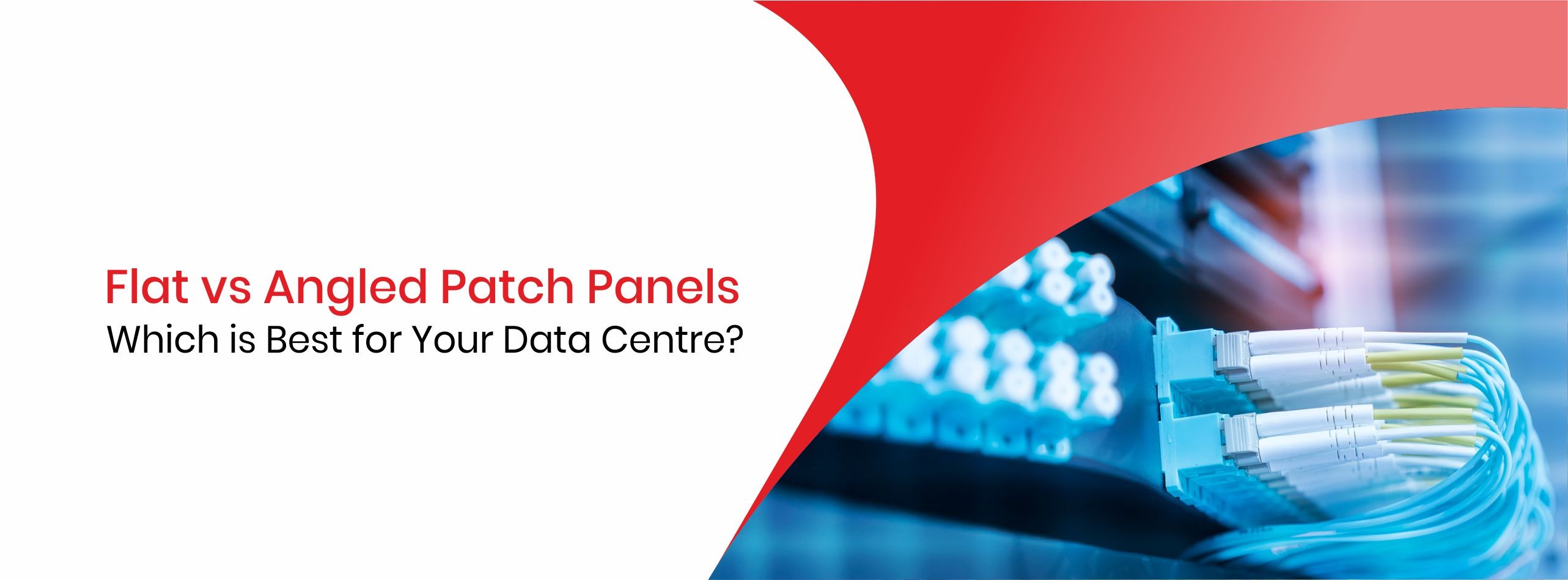Fill out your details and our executive will get in touch with you soon.










































































































































Data centres are the backbone of our digital world, housing a complex web of fibre optic cables that keep our data flowing smoothly. However, the dense network of fibre patch cords in these centres can sometimes lead to overbending, which compromises performance. Enter bend-insensitive fibre, a game-changer in the realm of fibre optics, especially for data centres. Let’s dive deeper into the concept of bend-insensitive fibre, specifically ITU-G.657, and understand why it’s a vital component for modern data centres.
In the labyrinth of cables that populate data centres, fibre patch cords often get stacked or routed through tight spaces, which can cause them to bend beyond their tolerance limits. Traditional single-mode fibre, such as ITU-T G.652, has a minimum bend radius of around 30mm. Exceeding this radius can lead to light leakage, signal loss, and ultimately, network downtime.
Bend-insensitive fibre (BIF) is designed to mitigate the risks associated with overbending. It incorporates an additional layer of protection around the core, allowing it to maintain high performance even when bent around tight corners or in confined spaces. This added layer is made of glass with a lower index of refraction, which reflects the weakly guided modes into the core, preventing them from coupling into the cladding.
The International Telecommunication Union (ITU) has classified bend-insensitive fibres under the G.657 standard, which is further divided into two categories: G.657A and G.657B.
1. G.657A
○ G.657.A1: Minimum bend radius of 10mm
○ G.657.A2: Minimum bend radius of 7.5mm
2. G.657B
○ G.657.B1: Minimum bend radius of 7.5mm
○ G.657.B2: Minimum bend radius of 5mm
While G.657A fibres are compatible with G.652 fibres, G.657B fibres are not. This compatibility makes G.657A fibres particularly versatile for various applications, though it’s worth noting that splicing different types of fibres can result in slightly higher splice losses.
Bend-insensitive fibres are primarily used in fibre-to-the-home (FTTH) installations and fibre patch cords. Their ability to perform well in tight spaces makes them ideal for data centres, where space optimisation is crucial. Using bend-insensitive fibre patch cords in data centres ensures reliable performance and reduces the risk of signal loss due to bending.
Norden Communication offers a wide range of bend-insensitive fibres, including:
● 332-247A1X1Y100L
● 331-247A1X1Y100L
These products are designed to meet the rigorous demands of modern data centres, providing robust performance even in challenging environments.
Bend-insensitive fibre, particularly those classified under ITU-G.657, is a crucial advancement in the field of fibre optics. By offering enhanced flexibility and protection against overbending, these fibres ensure high performance and reliability in data centres and other applications. As data centres continue to evolve, the adoption of bend-insensitive fibres like those from Norden Communication will play a pivotal role in maintaining seamless and efficient data transmission.
Contact Norden Communication today to learn more about our comprehensive range of products.

















